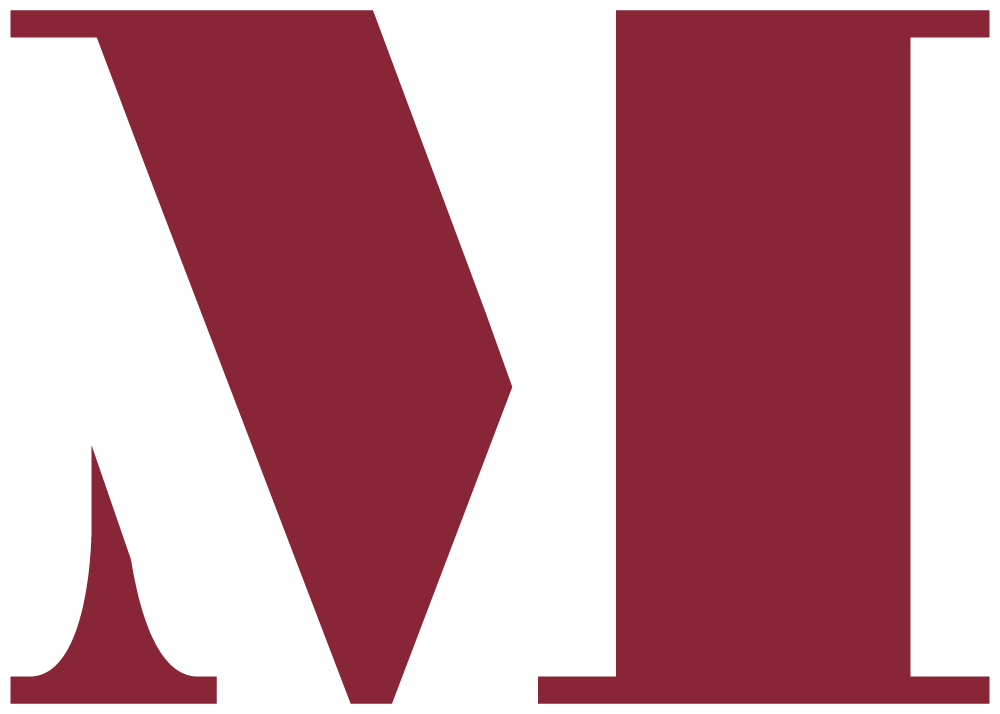Shea Hembrey: calculation
Centenary studio art professor Shea Hembrey's exhibition, calculation, depicts tallies of flowers in peak bloom. The installation was created during and in response to the 2021 Glasgow climate summit. Installed on site by painting then dusting the walls with ash, the imagery will begin to disintegrate and slough onto the floor from the moment of creation.
What was your inspiration behind calculation?
My work is always engaged with questions about reality. Recently, I have been questioning the best projections about the future. I think our general, collective vision of the near future is drastically unrealistic.
While scientists evaluate our best data and develop needed action plans, politicians and lobbyists are being calculating and pushing their agendas. The public is fed a skewed version of our current trajectory because deniers of fact are given megaphones. Everyone should be in panic mode and demanding revolutionary change. Instead, we keep up our routines, we keep shopping. We don’t want to worry—what can one person do anyhow.
I am trying to determine what all an artist can do in this situation.
How might an artist bear witness to what is going on? How might artists become activists?
How might artists show a vision of the future that inspires us all to work towards it?
What is the significance behind the tally marks and the flowers you chose?
I bought flowers over the course of one week to call attention to what is on the market at any one time. Tulips shouldn’t be available right now as they are not in bloom, but flowers are brought in from another hemisphere or forced in greenhouses to make pretty much any blossom available at any time. This is a problematic waste of resources when we can use local and seasonal florals.
The tally marks speak to the calculation and re-calculating that we are currently struggling with about the science of slowing climate change. That science is new and projections may be optimistic. Instead of following our best projections and being more cautious given it is literally our lives and planet that we are gambling with, we are letting business and politics control our projected dates of needed action. Collectively, we seem to increasingly not value data and science and fact—this will destroy us all. The ignorant who don’t want to acknowledge reality should not get a place at the table or any exposure—they should be shamed and ignored and silenced. Science and math and data must win the day...the clock is ticking. So, I also chose tallies to get at a countdown.
What was the installation process like? Were there any steps that had to be re-worked?
I rapidly painted parts of a flower in clear paint before dusting it with ash. This clear, thin paint dries really fast, so I had to work in few brush strokes—very much like Asian painting. I built up layers of ash by throwing and blowing it. I wanted the numbers to feel struggled with and re-calculated, so I erased, smudged, and repainted. My hurried way of working emphasizes a rush to act.
What do you hope to convey through this exhibition?
That I am thinking about where we are at right now and trying to get my head around what an artist needs to do at the moment.
I personally feel panic when I think about the future of our planet. Panic is a hard place to make good art from. Panic is a hard place to make good decisions from. How might artists thoughtfully talk about the pivotal moment we are in right now—where we either stabilize and heal the planet or totally wipe out much of the life that surrounds us? More than simply picturing the difficult now, artists also need to provide a vision and pathway forward that inspires. How might you do that and what does this artwork look like? What should our future look like and what does the path to get there look like? I feel like most people tune out climate change and the huge dramas that are unfolding. Artists must both bear witness and awaken the masses to action. I hope to encourage students to engage with these challenges and to think about the current world and their role in making it better. In short, I want to look at our current world with clear eyes and to encourage others to also see with clarity. For me that looks like a broken beauty. I find that interesting and full of potential and possibility.
What has been your favorite/most rewarding moment with this exhibit so far?
I have two:
First, while we were discussing the exhibit in class, one first-year art major saw the work in a way that I hadn’t noting that the gallery “felt like a prison cell where we are counting down the days.”
Second, it was cathartic to make. I had a lot of built-up tension surrounding my hopes for the climate summit that haven’t panned out. I am always hopeful, but as I worked and followed the meagre progress that delegates made, I put that frustration into my marks: this work allowed me to throw materials and to make expressive strokes—venting that frustration and putting it into my physical actions was healing for me personally. Creating and making is healing and needed right now.
calculation is on display at the Meadows Museum from November 5 - December 4, 2021. See more of Shea’s work here.

